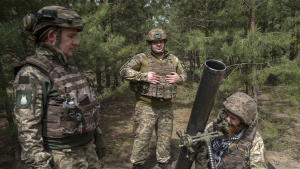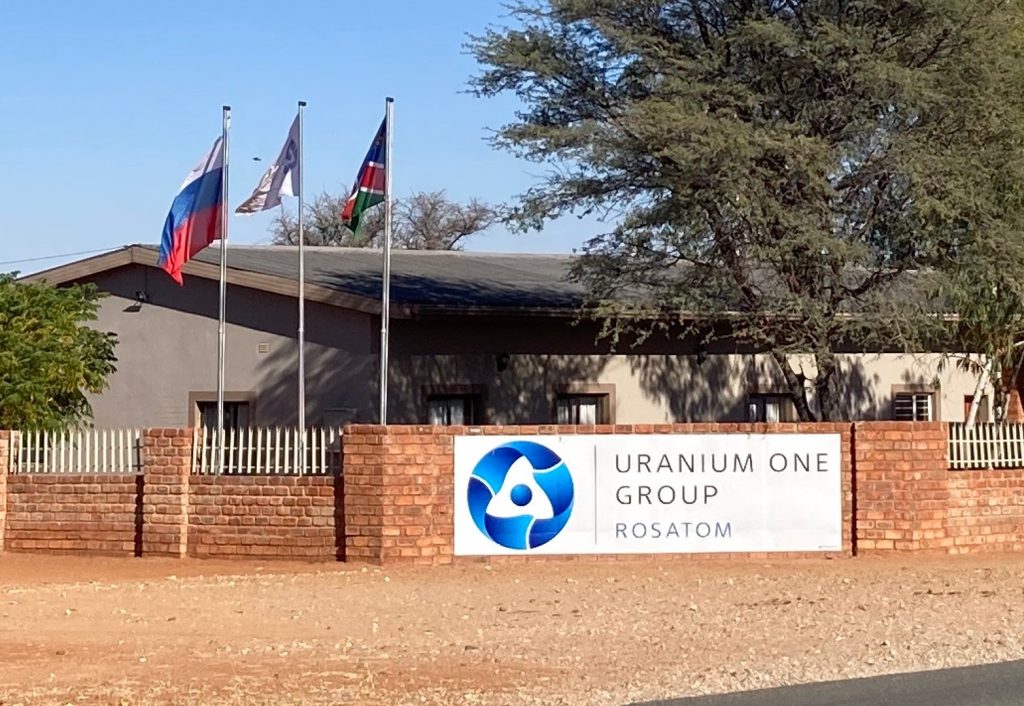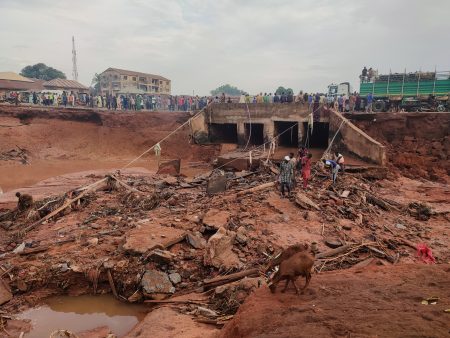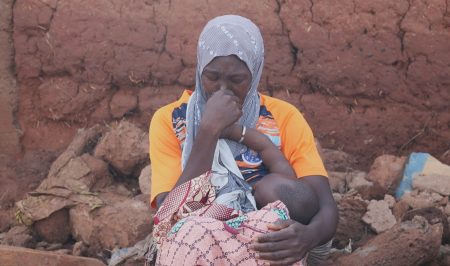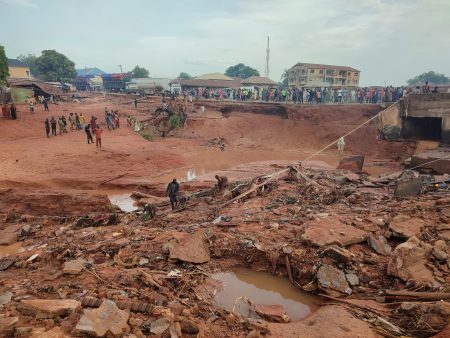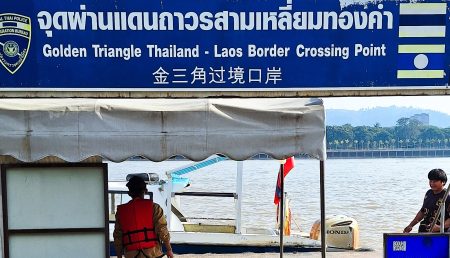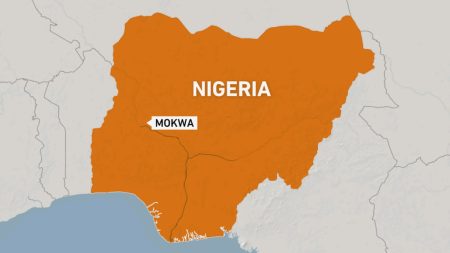Impo Gift Kapamba Musasa, a teacher in Leonardville, Namibia, stands amid a garden of cabbages, onions, and turnips, illustrating the struggle for resources in this rural community. Located 386 kilometers from Windhoek, the capital of Namibia, Leonardville rests atop one of the world’s largest aquifers, providing essential groundwater for local residents and supporting agriculture in a region increasingly affected by climate change. Despite the village’s economic hardships, primarily supported by meager government handouts and farming, it sits on significant uranium deposits, drawing attention from foreign investors, particularly Rosatom, Russia’s state atomic energy corporation.
Rosatom has pursued uranium mining in Leonardville since Namibia lifted its ban on uranium mining in 2017. The company, through its subsidiary Headspring Investments, has proposed using a controversial “in situ” mining method that would inject acid solutions into the aquifer, a procedure previously untested in Africa. This has sparked concern among locals and government officials about potential ecological impacts, particularly regarding the water supply that underpins regional agriculture. Calle Schlettwein, Namibia’s Minister of Agriculture, warned that such mining efforts could jeopardize groundwater resources vital for both people and livestock, amplifying fears among farmers that their livelihoods could vanish.
Following the recent suspension of two drilling permits due to non-compliance, many felt hopeful that Rosatom’s ambitions would wane. However, local officials disclosed that Rosatom has embarked on a campaign to influence support through sponsored trips and donations. Allegations arose that Namibian officials had accepted gifts and invitations to visit Russia, suggesting a systemic effort to foster favorable relationships. Critics assert that these maneuvers reflect broader concerns about the exploitation of local communities and the potential environmental consequences of a uranium mining initiative that comes at a significant social cost.
The economic landscape of Leonardville is dismal, characterized by unemployment and rising crime rates. Many residents believe that uranium mining could bring much-needed jobs. Amidst the overwhelming poverty, some locals express desperation, stating that the potential benefits of the uranium mine outweigh the potential environmental threats. Alarming statistics highlight the dire situation in the Omaheke region, with many having died from malnutrition and basic government services, such as emergency medical care, diminishing. The community grapples with addiction and crime, leading many to hope that mining could usher in a brighter economic future.
Historically, the partnership between Russia and Namibia in uranium mining was initiated back in 2010, when a memorandum was signed to explore uranium deposits in the country. Rosatom’s ambitions expanded significantly in the wake of Namibia’s policy shifts permitting uranium exploration. Yet, the partnership has faced scrutiny, with allegations of corruption linked to the approval process of mining licenses. Following the discovery of large uranium deposits during drilling operations, renewed interest from the Russian state emphasizes the strategic importance of Namibia’s uranium resources within the global nuclear fuel supply chain, particularly following disruptions to supply chains due to geopolitical tensions like the Ukraine conflict.
Looming over the uranium extraction plans is the environmental concern regarding contamination of Namibia’s crucial aquifers. Various reports and analyses indicate high levels of dissolved uranium in the water, leading to municipal fears about the safety of water supplies for both agriculture and domestic use. In the face of competing resource demands, the local community finds itself divided between the allure of economic opportunity and the protection of vital water resources. As plans for a uranium mine hang in the balance and governmental discussions unfold, the only certainty is that the people of Leonardville and neighboring regions are left to navigate a precarious future defined by both exploitation and survival.
